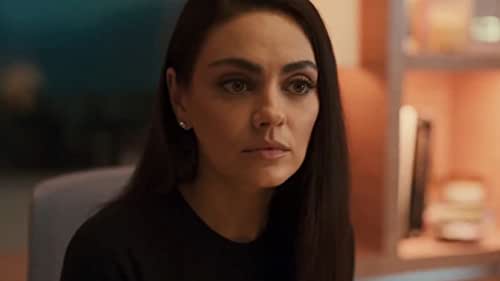More than 20 years have passed since the devastating Columbine high school tragedy that shocked the whole globe. Hollywood has discovered in them a new setting for movies that deal with residual high school trauma, even if these terrible occurrences continue to occur to the point of ubiquity and an entire generation of children has grown up in their wake. There appears to be an opportunistic movie like “The Desperate Hour” for every kind, of a nuanced movie like “The Fallout.”
Unfortunately, the most recent of these movies, “Luckiest Girl Alive,” belongs to the latter group. The film, which is based on Jessica Knoll’s novel of the same name and for which she also served as screenwriter, exploits rape trauma in the name of girl boss feminism and dramatises a school massacre in horrible taste.
Unfortunately, the most recent of these movies, “Luckiest Girl Alive,” belongs to the latter group. The film, which is based on Jessica Knoll’s novel of the same name and for which she also served as screenwriter, exploits rape trauma in the name of girl boss feminism and dramatises a school massacre in horrible taste.
We learn that one of the survivors, who is now a gun reform activist, claims that Ani was involved in the shooting through flashbacks and Ani’s narration, which is haphazardly used throughout as her cynical inner thoughts, an interview for a documentary, and the copy for a piece she writes during the film’s denouement. However, this same survivor was also one of three classmates who gang-raped Ani at a school dance after a party just weeks before Ani wants to reach the top of the social food chain so she can tell her side of the story and win the whole he-said-she-said thing.
Aurelia does a good job of portraying Ani’s anguish and resistance during the rape, uncertainty just after, and eventual unwillingness to report due to internalised shame, despite the graphic nature of the material and Mike Barker’s severe blocking of the rape sequence. If only there had been more potential for subtlety in the elder Ani portrayed Kunis. Instead, her PTSD is depicted as being exhibited by clumsy dreams of blood, stabbing her boyfriend (whose affluent social standing constantly reminds her of her abusers), and her venomous inner thoughts.
The deeds of Ani’s mother Dina (Connie Britton), which are gradually exposed through the flashbacks, have also caused her to be appropriately upset. But the majority of her outrage is directed towards her mother’s lower socioeconomic standing. Although Ani tells her wealthy friends that her mother shops at T.J. Maxx, despite the fact that her wedding gown is from Saks Fifth Avenue (the one on Fifth Avenue!). Even the movie can’t help but make fun of Dina as she tries to fit into the upper class society her daughter is now a part of by giving her lines about “Say Yes to the Dress” and terribly pronounced Italian in addition to absurdly high shoes.
Even as a teenager, Ani’s striver’s attitude and the financial position of her mother are never far from her mind. Dina’s motivation for enrolling her daughter in a private school in the first place was to put her in contact with affluent men. Dina accuses Ani of violating her drinking policy when this strategy resulted in her assault. It is obvious that Ani learned as she matured that until she levels the playing field, affluent males would get away with whatever they want to do. Instead of a criticism of class when there may have been one, there is still a yearning to belong to the elites. As though only wealthy guys are capable of acting badly.
Additionally, it’s never made clear what Ani planned to write before taking this “skanky” beat at this women’s magazine, according to her supervisor LoLo (Jennifer Beals). Her ardent desire to write for a venerable publication like the New York Times stems from the same motivation as her want to wed into a revered family so that others will recognise that they didn’t just “have money, they came from money.” Once more, there is a wasted chance to fully investigate class and power dynamics as well as gender dynamics in the media sector.
After being absent for most of the movie, Beals makes an appearance and gives Ani a motivational speech about “authenticity” and the value of exposing everyone in her life who didn’t support her when she was a youngster. Her decision to finally give her side of the tale in her own words is prompted by this. It’s at this point that you understand “Luckiest Girl Alive” has used both school shootings and rape trauma for a self-actualization narrative. In the end, Ani finds meaning not in the release of her suppressed emotions via her writing, but in the superficial success of viral popularity.
Undoubtedly, Ani suffered, but so did every child whose life was lost in the shooting or was permanently changed by the trauma of its aftermath. However, the movie is so preoccupied with Ani’s anguish that it almost implies that the other children’s murders were justifiable (it surely relishes in showing their deaths in barbaric detail). The very last scene then puts the anguish experienced by rape and gun violence victims in direct competition for the nation’s attention and meaningful change.
